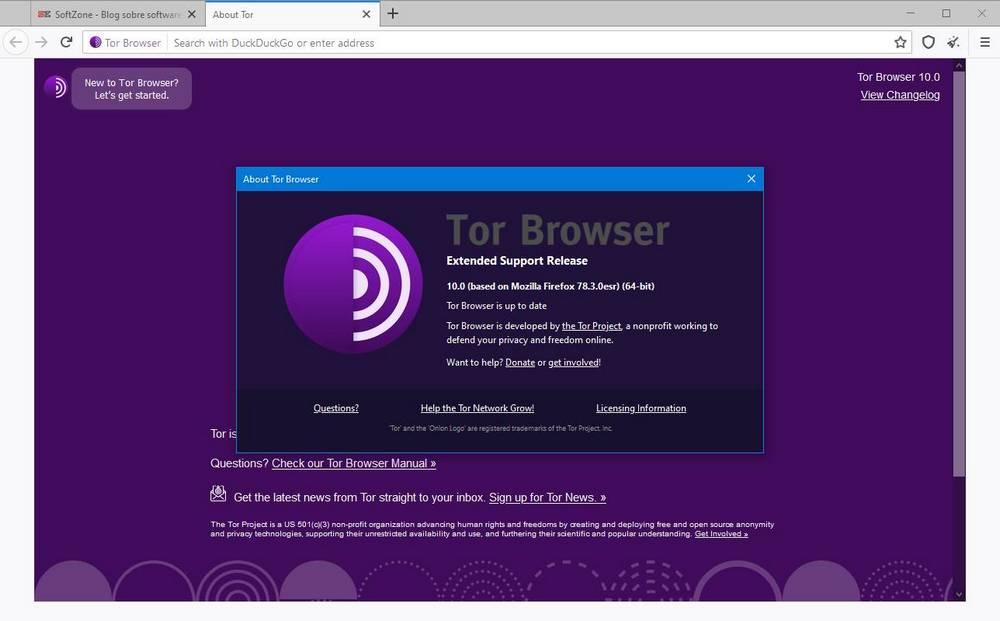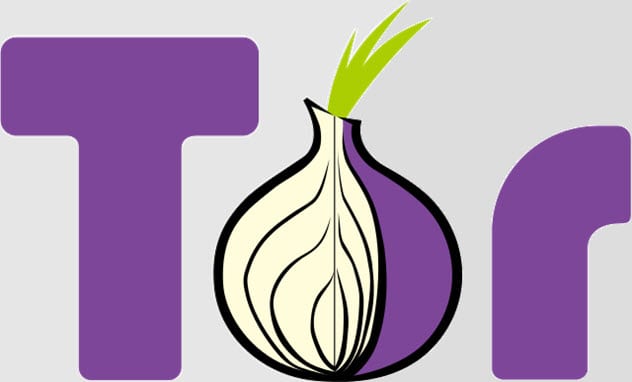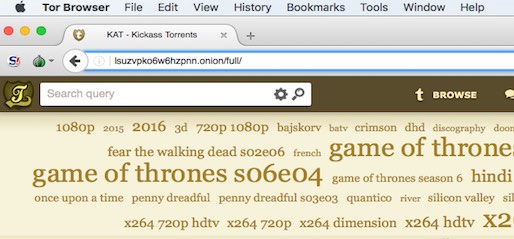

Botnetsīotnets are often structured with their command-and-control servers based on a censorship-resistant hidden service, creating a large amount of bot-related traffic. Indeed, it is common to observe data from ransomware attacks on several dark web sites (data sales sites, public data repository sites. The dark web is also used in certain extortion-related processes. Ī February 2016 study from researchers at King's College London gives the following breakdown of content by an alternative category set, highlighting the illicit use of. The dark web comprises only 3% of the traffic in the Tor network. In July 2017, Roger Dingledine, one of the three founders of the Tor Project, said that Facebook is the biggest hidden service. Of these, 18 000 would have original content. onion was estimated at 76,300 (containing a lot of copies). Īs of December 2020, the number of active Tor sites in. Sites associated with Bitcoin, fraud-related services, and mail order services are some of the most prolific.

Many whistleblowing sites maintain a presence as well as political discussion forums. Content Web-based onion services in January 2015 CategoryĪ December 2014 study by Gareth Owen from the University of Portsmouth found that the most commonly hosted type of content on Tor was child pornography, followed by black markets, while the individual sites with the highest traffic were dedicated to botnet operations (see attached metric). Thus, communication between darknet users is highly encrypted allowing users to talk, blog, and share files confidentially. Due to the high level of encryption, websites are not able to track geolocation and IP of their users, and users are not able to get this information about the host.

The complicated system makes it almost impossible to reproduce the node path and decrypt the information layer by layer. The transmitted information can be decrypted only by a subsequent node in the scheme, which leads to the exit node. The darknet encryption technology routes users' data through a large number of intermediate servers, which protects the users' identity and guarantees anonymity. Identities and locations of darknet users stay anonymous and cannot be tracked due to the layered encryption system. Tor browsers create encrypted entry points and pathways for the user, allowing their dark web searches and actions to be anonymous. Tor browser and Tor-accessible sites are widely used among the darknet users and can be identified by the domain ".onion". The dark web, also known as darknet websites, are accessible only through networks such as Tor ("The Onion Routing" project) that are created specifically for the dark web. The Tor dark web or onionland uses the traffic anonymization technique of onion routing under the network's top-level domain suffix.

Users of the dark web refer to the regular web as Clearnet due to its unencrypted nature. The darknets which constitute the dark web include small, friend-to-friend peer-to-peer networks, as well as large, popular networks such as Tor, Freenet, I2P, and Riffle operated by public organizations and individuals. The dark web forms a small part of the deep web, the part of the Web not indexed by web search engines, although sometimes the term deep web is mistakenly used to refer specifically to the dark web. Through the dark web, private computer networks can communicate and conduct business anonymously without divulging identifying information, such as a user's location. The dark web is the World Wide Web content that exists on darknets: overlay networks that use the Internet but require specific software, configurations, or authorization to access. For the part of the Internet not accessible by traditional web search engines, see Deep web.


 0 kommentar(er)
0 kommentar(er)
